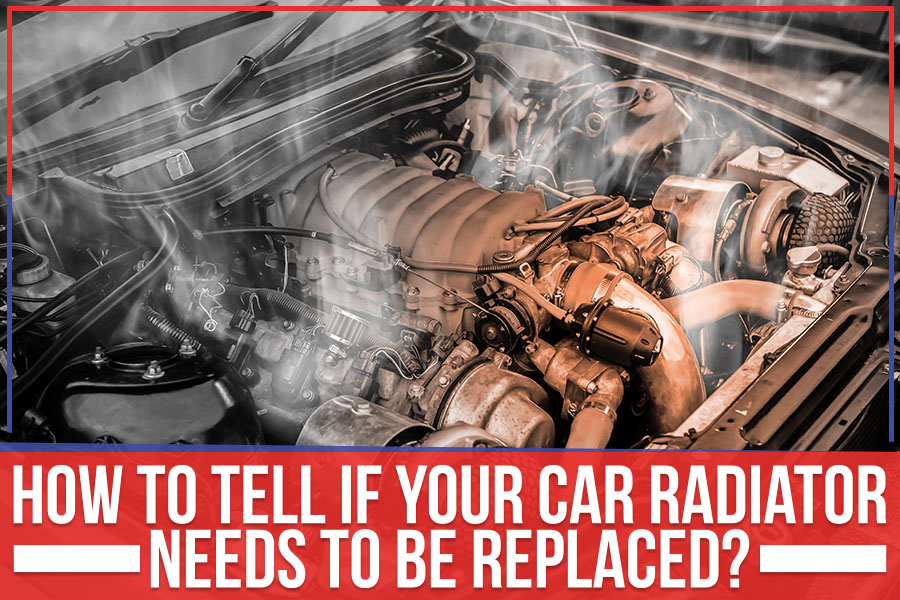
A broken radiator can be a death wish in the sweltering summer heat. You can be stranded on the road with boiling water sputtering from under the hood and no chance for your air conditioner to save you. Could a fully-functional automobile radiator prevent it from happening?
An automobile radiator is a device used to transfer heat from the engine to the surrounding air. The radiator consists of a series of metal fins interconnected by a series of tubes. The coolant, a mixture of water and antifreeze, flows through the radiator and helps keep the engine cool.
However, your automobile radiator may show signs of wear and tear after years of use. It is essential to be able to identify these signs so that you can replace the radiator before it fails. Here are a few bad car radiator signs to look out for:
1. Overheating Car Engine:
A car engine performs optimally at specific temperatures. To be exact, the ideal operating temperature for a car engine is between 195- and 220-degrees Fahrenheit. An automobile radiator dissipates heat to maintain this temperature.
However, when the radiator gets clogged or leaks, it may not be able to dissipate heat as efficiently. As a result, your car engine will start to overheat.
Of course, there are other reasons your car engine may overheat, but a failing automobile radiator is one possibility. If your car engine temperature is rising higher than usual, you need to replace your radiator.
2. Discolored Car Coolant:
The green (sometimes orange or pink) liquid circulating through your automobile radiator and the engine is called coolant. Over time, it becomes discolored due to rust, scale, and other contaminants.
If you notice your coolant has changed color, it’s a sign your car needs radiator flushing. Radiator flushing is a car radiator cleaning procedure that removes all the rust, scale, and other contaminants.
However, if your coolant is frequently changing color, your only solution will be to replace the radiator. Otherwise, the rust and other contaminants will cause engine damage.
3. Radiator Leaks:
Have you often found small puddles of liquid beneath your car? If the fluid is clear, it’s probably just water from your air conditioner. However, if the liquid is green, yellow, or rusty colored, it’s most likely coolant from your car. It could be leaking from the radiator, hoses, or engine.
A coolant leak is the most common cause of overheating because it reduces the amount of coolant available to do its job.
A small radiator leak probably won’t cause much harm to your car. However, the coolant will eventually run out if the leak isn’t fixed. When this happens, your engine will overheat and be damaged – that’s a serious sign that you need to replace your radiator.
Conclusion:
Radiator flushing, car radiator cleaning, and radiator hose sealing are only temporary solutions to a much bigger problem. If your automobile radiator is continually leaking, it’s time to replace it. The same goes for a radiator with corroded fins or bent and damaged fins.
Our experts at Feldman CDJR of Woodhaven, serving Southgate, MI, can help you properly assess your radiator’s condition and make the best decision for your car.
Schedule an appointment today, and let us help you eliminate your car overheating worries for good!








